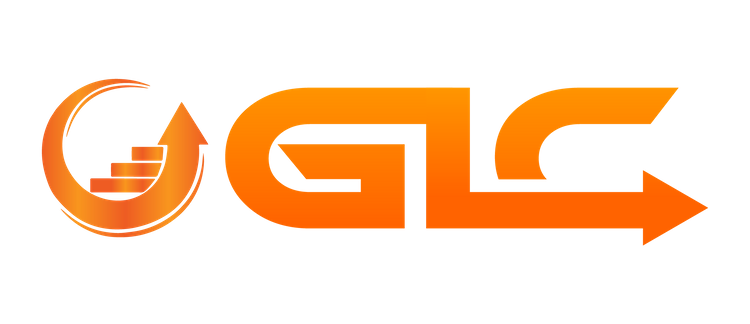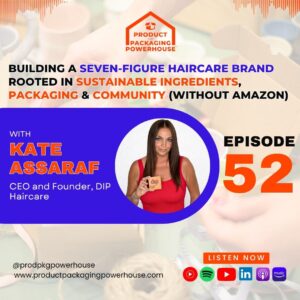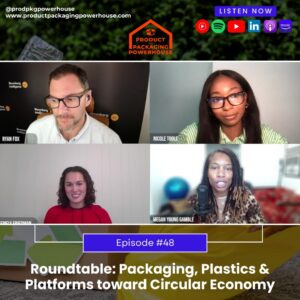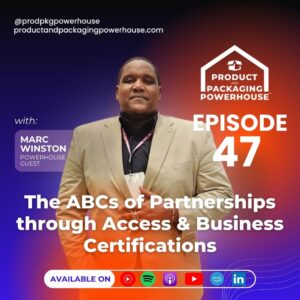What You’ll Learn from This Blog:
- How the China+1 strategy helps beauty brands reduce tariff risks and improve supply chain resilience
- Key alternative countries to source packaging from like Vietnam, India, Mexico, and more
- Actionable steps to diversify your manufacturing without sacrificing speed or quality
Introduction
In 2025, tariffs aren’t just a policy detail, they’re reshaping how beauty brands source, manufacture, and scale. For years, China has been the beauty packaging powerhouse, offering affordable, high-quality components with unmatched speed and efficiency. But the latest tariff hikes have sent shockwaves through the industry.
On June 4, 2025, President Trump doubled U.S. Section 232 tariffs on Chinese steel and aluminum from 25% to 50% (UK excluded). As a result, beauty brands are watching their budget-friendly SKUs become unsustainable overnight. And it’s not just about cost anymore, it’s about supply chain fragility.
So what’s the solution?
Introducing “China+1”: A Smarter Sourcing Strategy
The “China+1” strategy is gaining momentum. It doesn’t mean cutting China out, it means keeping China and adding another manufacturing base to diversify risk. Think of it like this: “China stays, but we bring in a backup dancer.”
Whether you’re a growing indie brand or a global beauty giant, relying on a single country for your entire supply chain is no longer viable. The “China+1” model helps you balance cost, quality, and resilience, especially in an unpredictable trade landscape.
Top Manufacturing Alternatives to China for Beauty Packaging
Vietnam: The Rising All-Rounder
Vietnam offers affordable labor, improving infrastructure, and favorable trade terms with the U.S. Beauty brands are already shifting orders for paper boxes, pouches, and tubes here to avoid tariffs. Quality is approaching parity with China, especially for simpler packaging types, but may still require initial QC investments. Read more about it here
India: Scale, Talent & Sustainability
India’s strengths include plastics, textiles, and natural ingredients. It’s ideal for artisan-style packaging or sourcing sustainable materials like bamboo or jute. English-speaking engineers and moderate tariffs make it an attractive alternative, though logistics can be slower and less consistent. Read more about it here
Mexico & Latin America: Proximity & Speed
Nearshoring to Mexico offers faster lead times, USMCA tariff advantages, and greater flexibility. Brands can assemble or print in Mexico to qualify products as “Made in Mexico,” avoiding U.S. duties. The main tradeoff: smaller packaging capacity compared to China. Read more about it here
🌏 Others: Taiwan, South Korea, and Eastern Europe
For high-end, precision packaging, countries like Taiwan and South Korea remain strong options. European hubs like Italy and Poland excel in fragrance bottles and paper packaging, great for prestige brands but often pricier. Thailand, Malaysia, Indonesia are also emerging options, with some beauty brands quietly piloting runs in those countries. They can offer low labor costs akin to Vietnam, but the supplier base for beauty is still developing. Read more about it here
CLICK HERE to read more on How to Implement the “China +1 Strategy”
Conclusion
The world of beauty packaging is evolving fast. Brands that take proactive steps to diversify their sourcing and embrace the China+1 model will be better equipped to handle tariff fluctuations, shipping delays, and global supply chain shocks. It’s no longer just a strategic advantage, it’s a competitive necessity. Want to take the first step toward sourcing diversification? Let’s connect here, we can help you plan and project manage your shift.
More Resources to Explore
- WTF! What the Tariffs Mean for Beauty Packaging and Brand Strategy in 2025. Read the blog here
- WTF! Tariffs Touch Everything💥: A Breakdown of How Trade Policy Impacts Every Layer of the Beauty Industry. Read the blog here
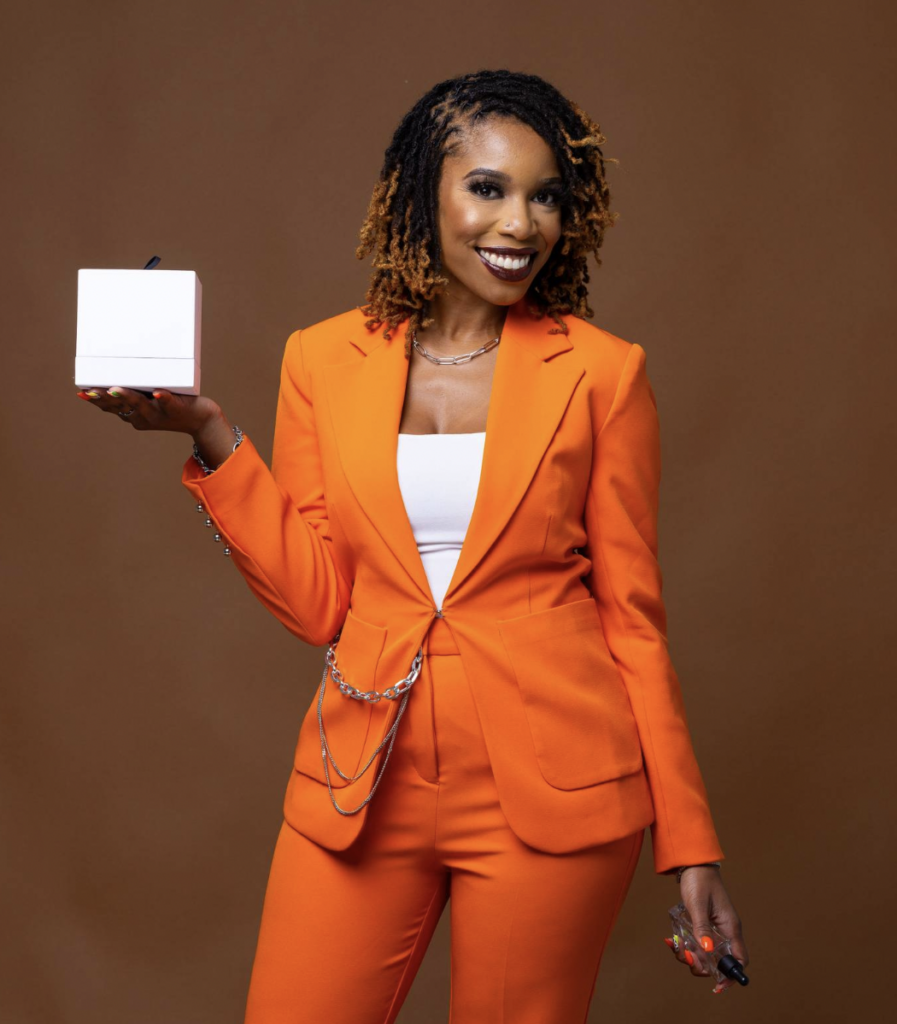
Megan Young Gamble, PMP® is a forward-thinking packaging and project management veteran with more than 10 years’ of experience transforming mere ideas into consumer product goods for today’s leading beauty, wellness, and personal care brands. Known amongst colleagues and clients for her perseverance and “see it through” mentality, Megan The Project ExecutionHER® is the owner and principal consultant of GLC, packaging & project execution team for CPG brands, Co-Owner of Pallet Pros, and Host of Product & Packaging Powerhouse Podcast.
- [FREEBIE] Learn about “day in the life” of a Packaging Project Manager → Get our “Starter Packaging PM Freebie” [link] https://glc.ck.page/thestarterpackagingprojectmanager
- Subscribe & Access our Video Vault YouTube Channel [ link] https://bit.ly/GLConYouTube
- Join our Email List [link] https://glc.ck.page/55128ae04b
- Follow and Connect with Megan on LinkedIn [link] https://linkedin.com/in/megangamble
- Learn about GLC, Packaging & Project execution firm for CPG brands http://www.getlevelconsulting.com
- Work with Me @ GLC, Schedule Discovery Call https://calendly.com/getlevelconsulting/15-minute-insight-session
